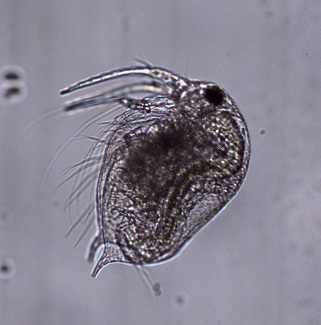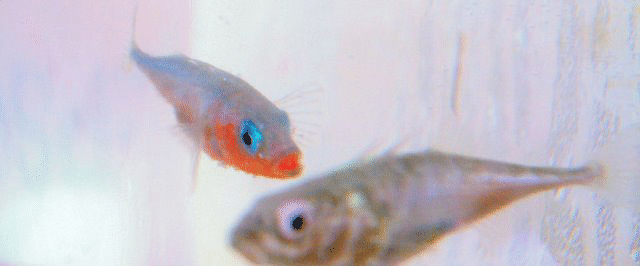Reconstructing past responses of zooplankton to environmental change using the historical archives of the Baltic Sea sediment
A central objective of modern research is to infer the consequences that human activities will have for individuals, populations and – ultimately – for ecosystems. To meet this objective, we need to tease out the mechanisms behind the responses at the different levels of organisation, from genes to ecosystems. We have to examine plastic responses at the individual level and genetic changes at the population level, determine whether the responses are adaptive and fast enough for persistence, and uncover effects on species interactions and the eco-evolutionary feedbacks that determine the structure and function of ecosystems.
One promising research avenue for unravelling consequences of human activities for populations and ecosystems is to investigate past processes to infer future changes. Tractable systems are egg banks of zooplankton deposited in sediments. These dormant eggs can be revived after decades, sometimes even after centuries, and used to reconstruct evolutionary changes over historical time (resurrection ecology). When resurrected individuals can be cloned and subfossils retrieved, such as in cladocerans, an exceptional opportunity arises to study changes in phenotypes, genotypes and reaction norms over historical times. These changes can in turn be related to concomitant changes in the environment to infer the processes behind past responses. Correctly applied, the information gained can help us plan actions to prevent large scale changes of ecosystems, and prepare us for the changes that are to come and aid us in reducing their negative impact on nature and human wellbeing.
The aim of the project is to use the information hidden in the sediments of the Gulf of Finland to investigate how and why zooplankton communities have changed in response to human-induced environmental change during the last century.

